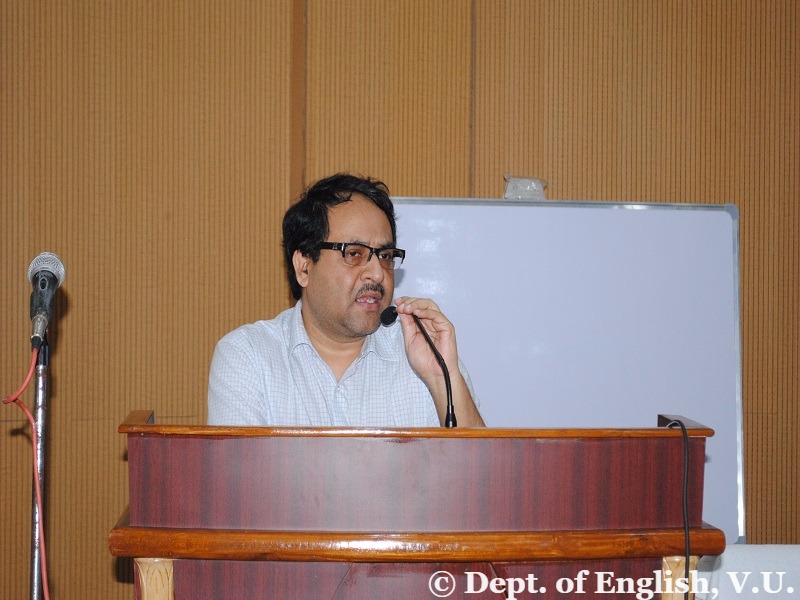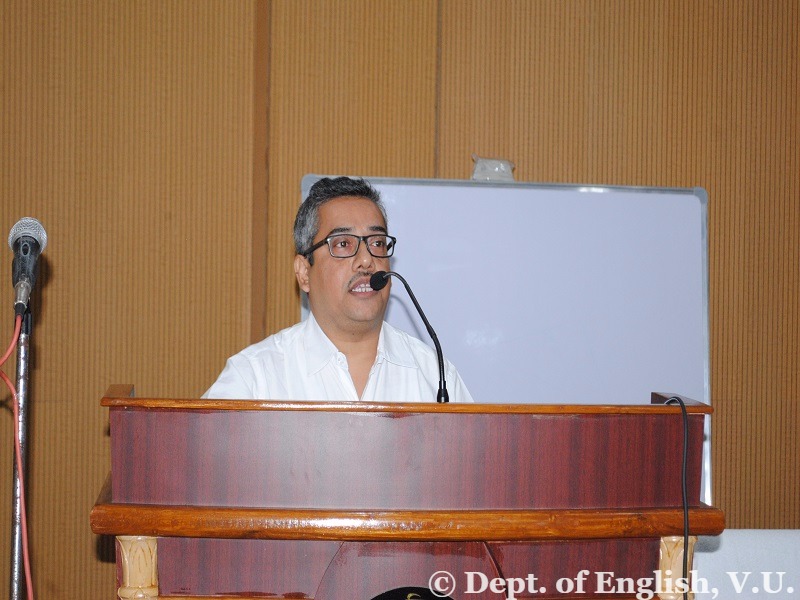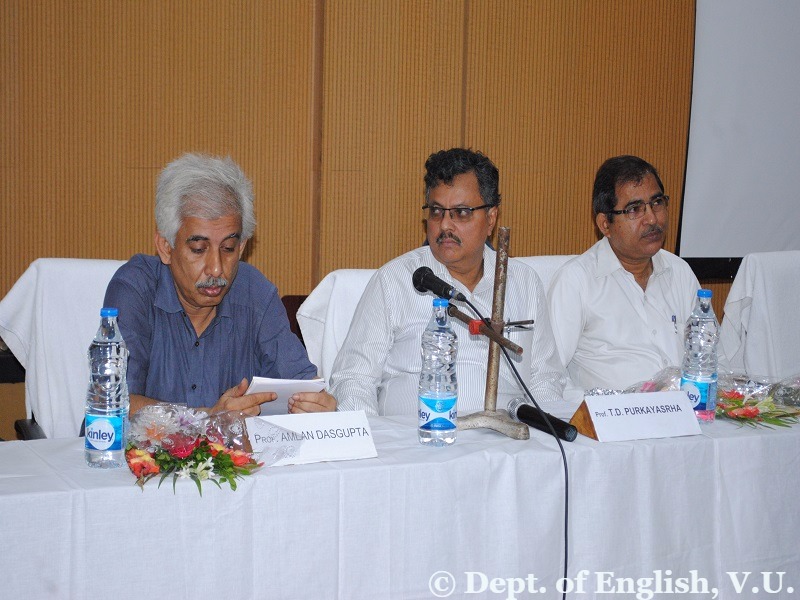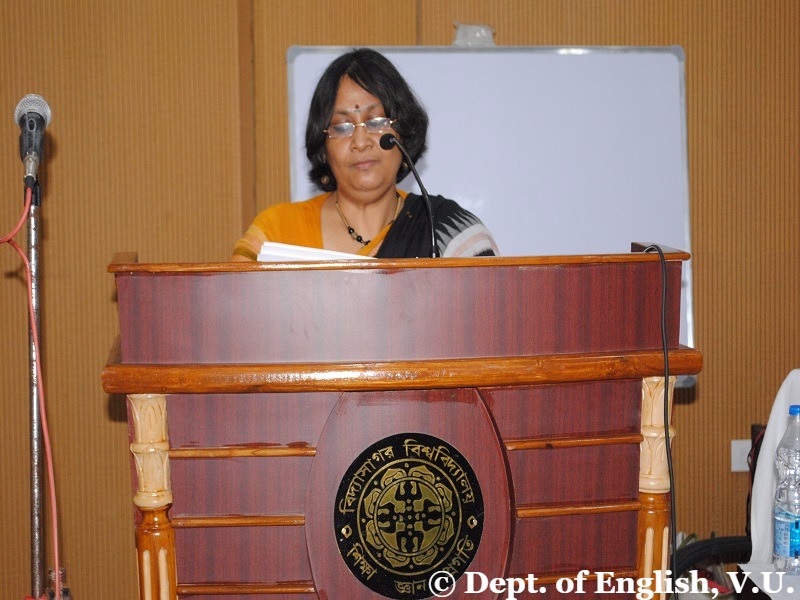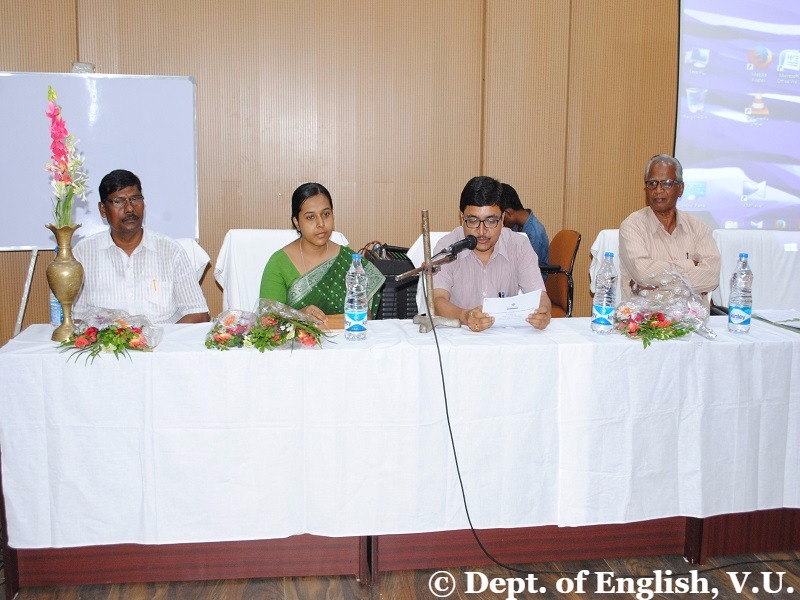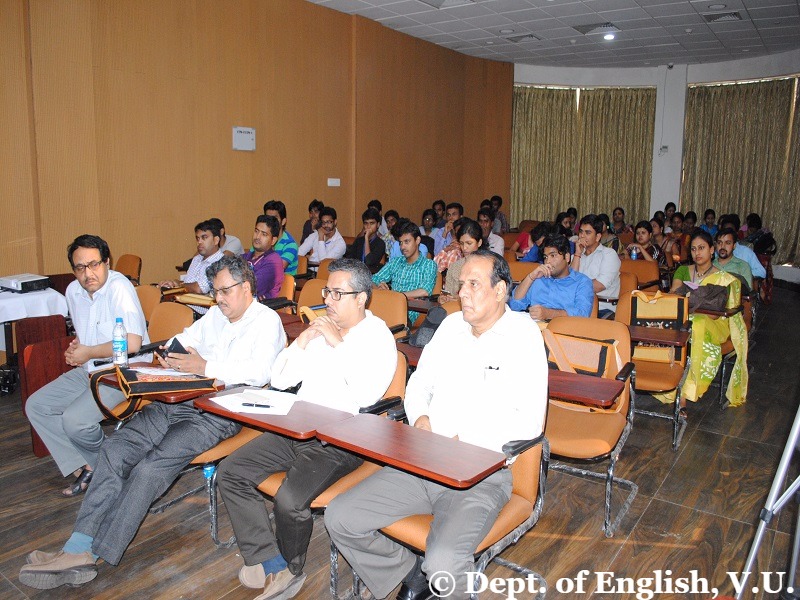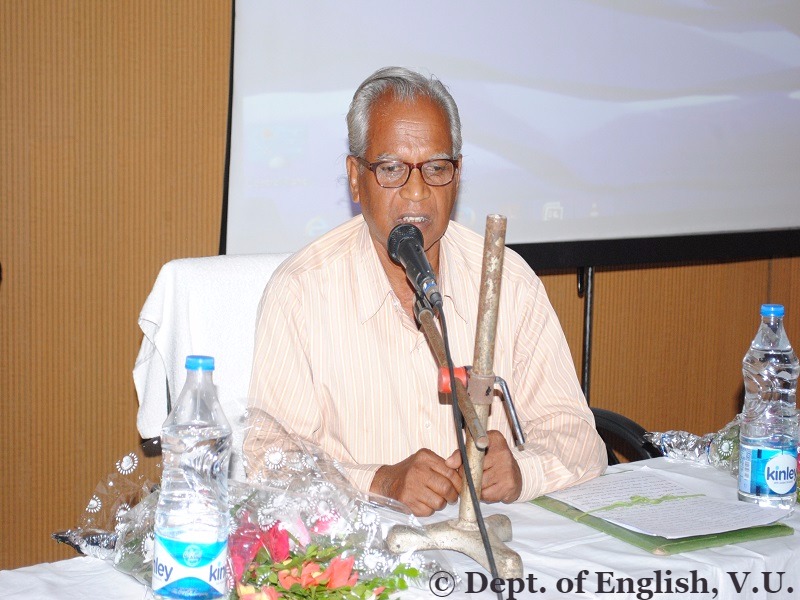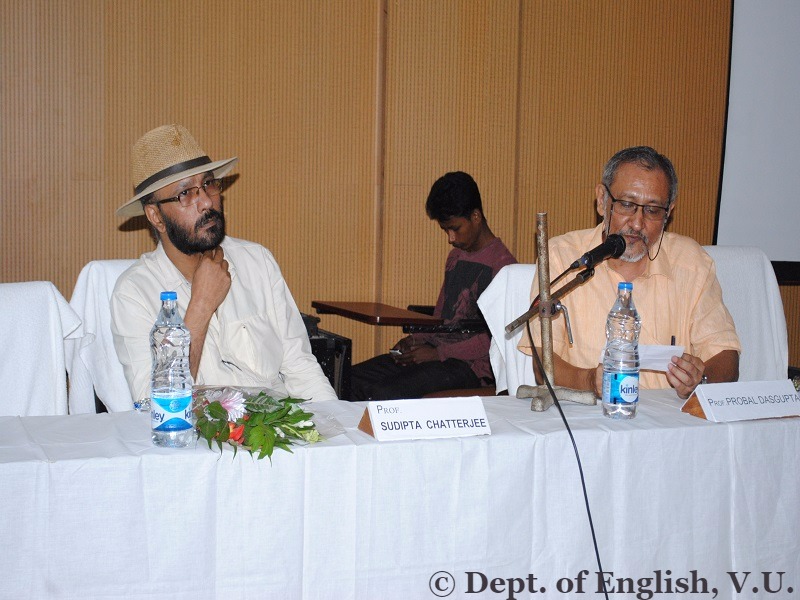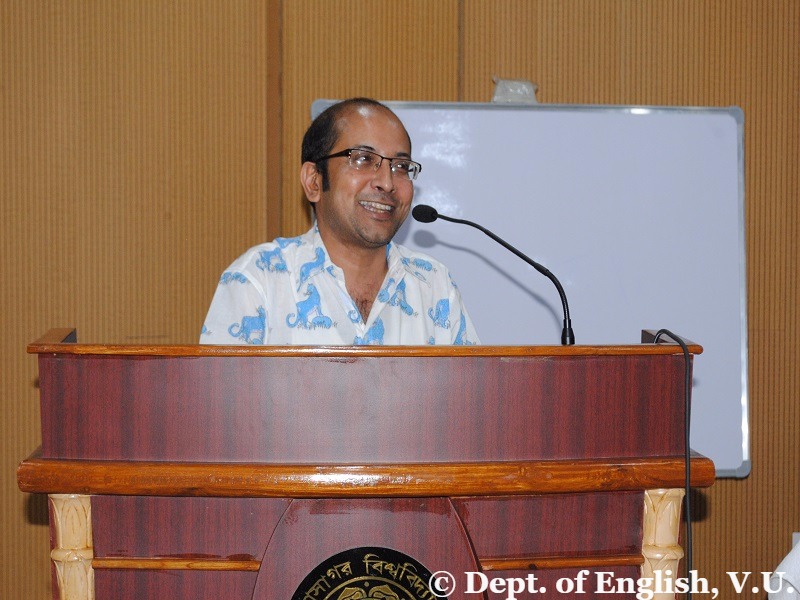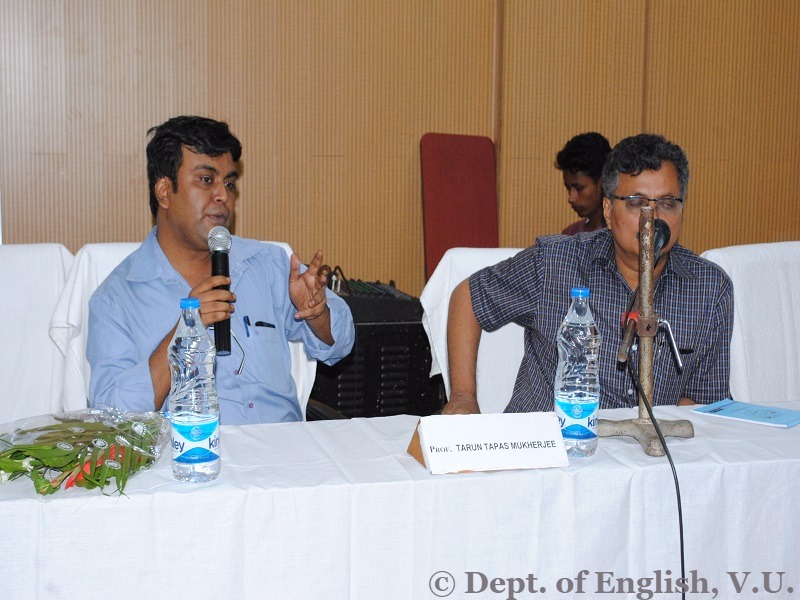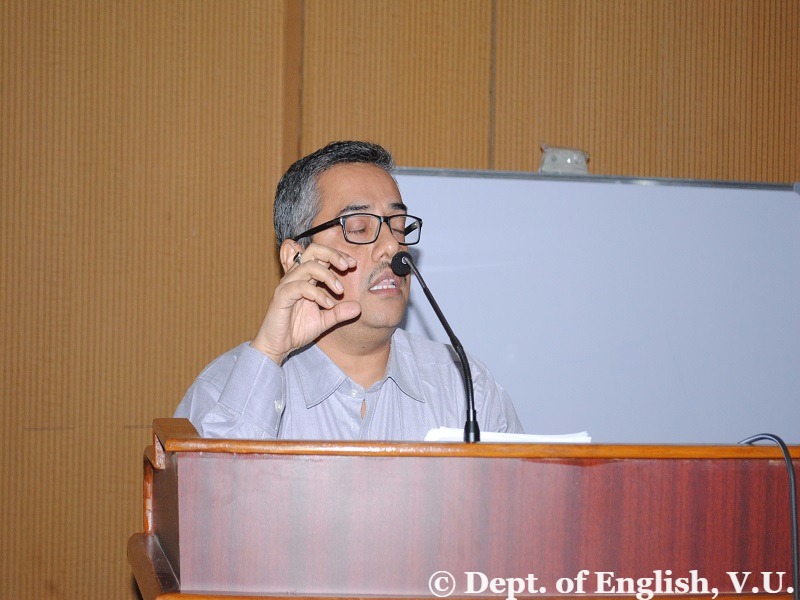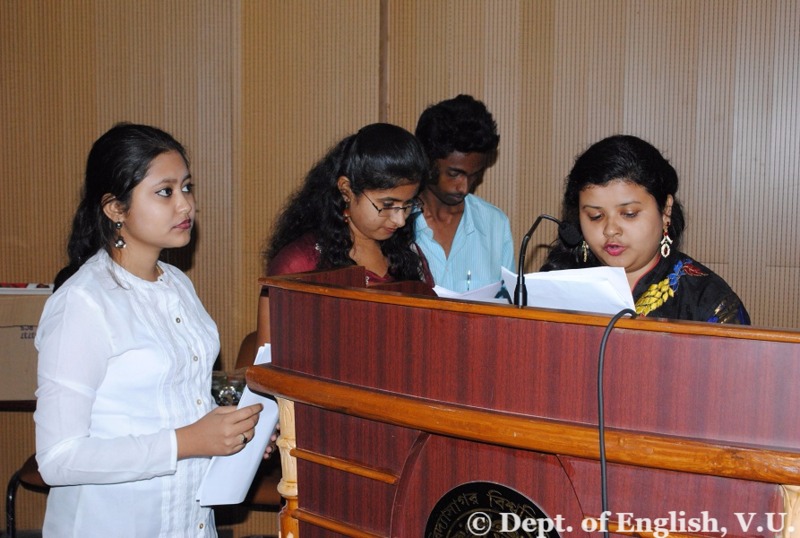Dublin Core
Title
Subject
Description
Over the past few decades, computing researchers have developed a wealth of new systems to preserve and share cultural resources. Researchers have employed collaborative and crowd-sourced software in the restoration of specific artifacts and environments. These approaches tend to fall within one of three categories: digitally reconstructing objects and landscapes from the past; broadening access to cultural resources through remote distribution platforms, and digitally representing and archiving cultural artifacts. In each, researchers position digitization techniques to support cultural preservation.
Even as they contribute to the process of digitizing documentary collections, technologies involving cultural heritage often ignore cultural practices. Technologies for digital preservation can help frame the connections between tradition and progress in a cultural sense. This conference attempts to investigate technology’s possibility of connecting objects to their history and to the people who created them. Documentation and digitization of performances, paintings, and languages of the tribal people of Bengal seek to be connected with the regular cultural practices of the people who produce them. Relevance and methods of digital archiving and preservation of cultural texts and practices will be addressed in the conference. Methods of developing software for phonemic and orthographic representation of indigenous tribal languages will be dealt with in the different sessions of the conference. Speakers will address development of new methods of web hosting and sharing of preserved cultural texts and practices.
Creator
Source
Publisher
Department of English, Vidyasagar University
Date
Contributor
Dr. Joyjit Ghosh, Deputy Coordinator, SAP, DRS II

